When it comes to transporting goods efficiently and safely, understanding the myriad of options available for loading a semi-trailer is crucial. This guide delves into the factors involved in deciding what to load on a semi-trailer, offering insight into types of freight, weight considerations, safety regulations, and optimal loading techniques.
Types of Freight Suitable for Semi-Trailers
Semi-trailers are a versatile mode of transport, accommodating various cargo types. Here’s a breakdown of the primary categories of freight that can be efficiently transported:
1. General Freight
- Definition: General freight encompasses a wide array of goods that don’t require special handling or environmental conditions.
- Examples: Clothing, electronics, and non-perishable consumer goods.
- Loading Considerations: These goods can be stacked; however, ensure weight distribution is balanced to prevent swaying during transit.
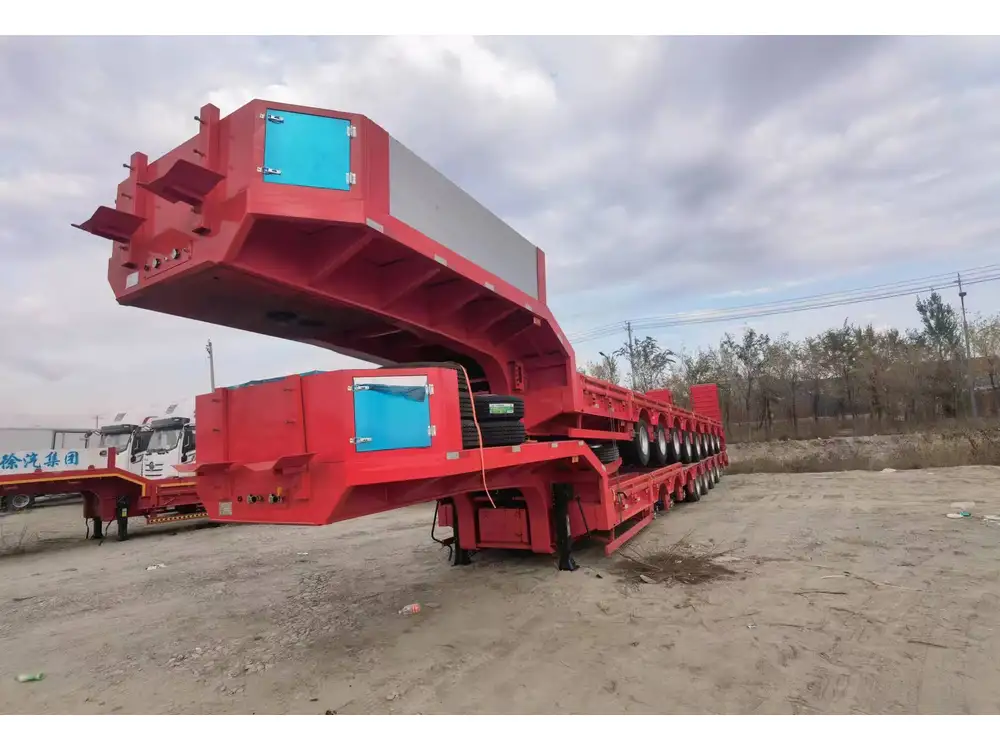
2. Temperature-Controlled Freight
- Definition: These goods require specific temperature ranges to maintain quality and prevent spoilage.
- Examples: Produce, dairy, pharmaceuticals.
- Loading Considerations: Utilize refrigerated trailers. Monitor temperature continuously throughout the journey, ensuring proper air circulation.
3. Hazardous Materials
- Definition: Goods that pose environmental or health risks.
- Examples: Chemicals, explosives, flammable products.
- Regulations: Strict regulations under the Department of Transportation (DOT) and Environmental Protection Agency (EPA) must be followed, including proper labeling, placarding, and container standards.
4. Heavy Equipment and Machinery
- Definition: Large and heavy items that often require specialized handling.
- Examples: Construction equipment, agricultural machinery.
- Loading Considerations: Use flatbed trailers for loading, securing the load with chains and straps to prevent shifting during transit.

5. Vehicles
- Definition: Transporting cars and motorcycles often requires specialized equipment.
- Examples: Personal vehicles, fleet purchases, vintage cars.
- Loading Considerations: Car haulers or enclosed trailers offer protection and ensure secure transport.
6. Bulk Commodities
- Definition: Goods transported loose and typically in large quantities.
- Examples: Grains, coal, sand.
- Loading Considerations: Use pneumatic or dump trailers to facilitate easy loading and unloading.
Weight Considerations for Loading
Understanding the weight limits of a semi-trailer is critical to safely operating and legally complying with transport regulations. Below are key aspects to consider:
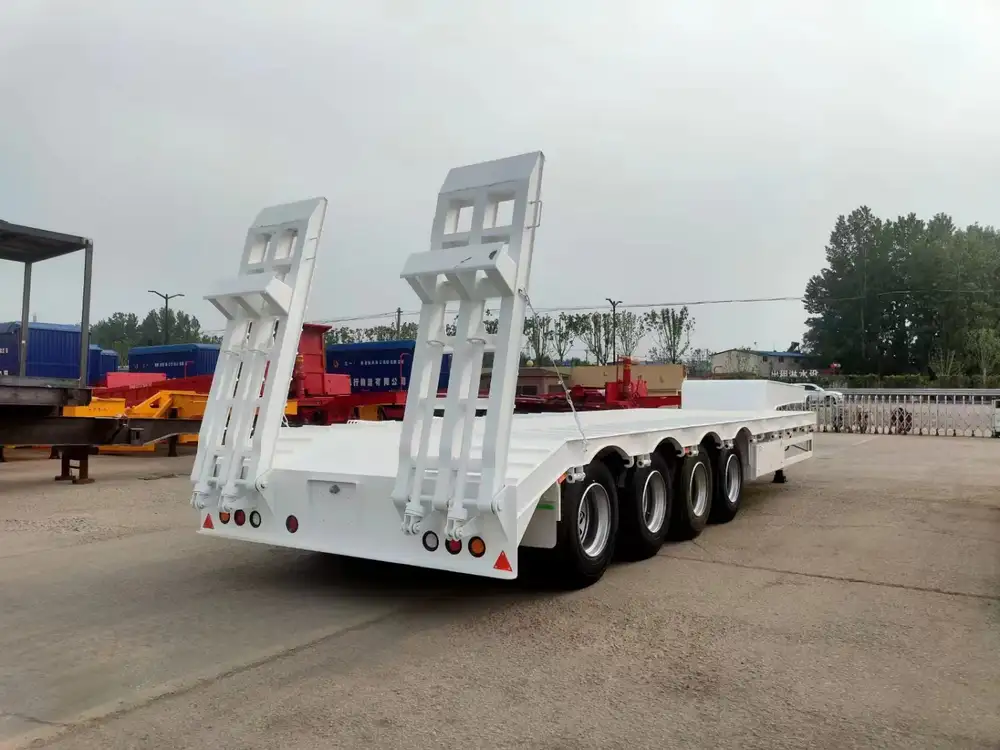
Maximum Weight Limits
Federal Guidelines
- Gross Vehicle Weight Rating (GVWR): The maximum weight a vehicle can safely handle, usually around 80,000 pounds for a standard 18-wheeler.
- Trailers: Vary from 26,000 pounds for smaller trailers to 48,000 pounds for larger ones.
State Regulations
- Different states may have specific weight restrictions. Familiarizing yourself with state laws is vital to avoid fines or penalties.
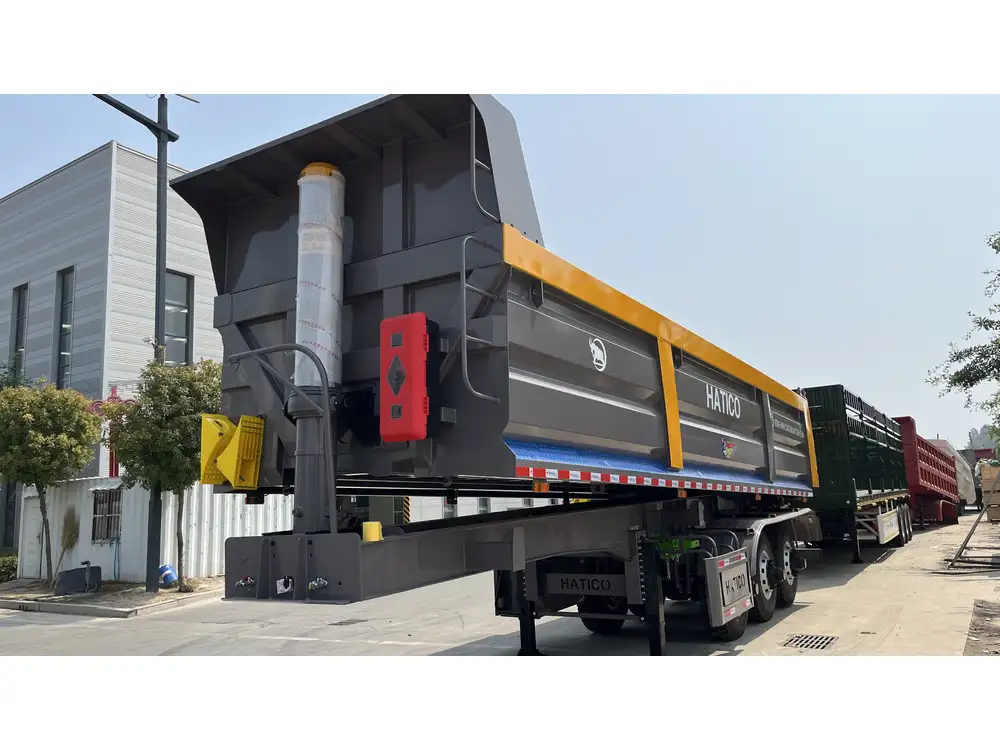
Weight Distribution
- Importance: Uneven weight distribution can cause handling issues, leading to accidents.
- Best Practices:
- Maintain a balance, keeping 60% of the weight over the front axle.
- Use load gauges to ensure proper distribution.
Safety Regulations for Cargo Transportation
Transporting freight comes with numerous safety regulations aimed at protecting both the driver and the public. Familiarity with these regulations is vital.
Federal Motor Carrier Safety Administration (FMCSA) Regulations
- Hours of Service: Drivers must adhere to driving time limits to prevent fatigue.
- Inspection Requirements: Pre-trip inspections on trailers and cargo must be conducted regularly to ensure safety compliance.
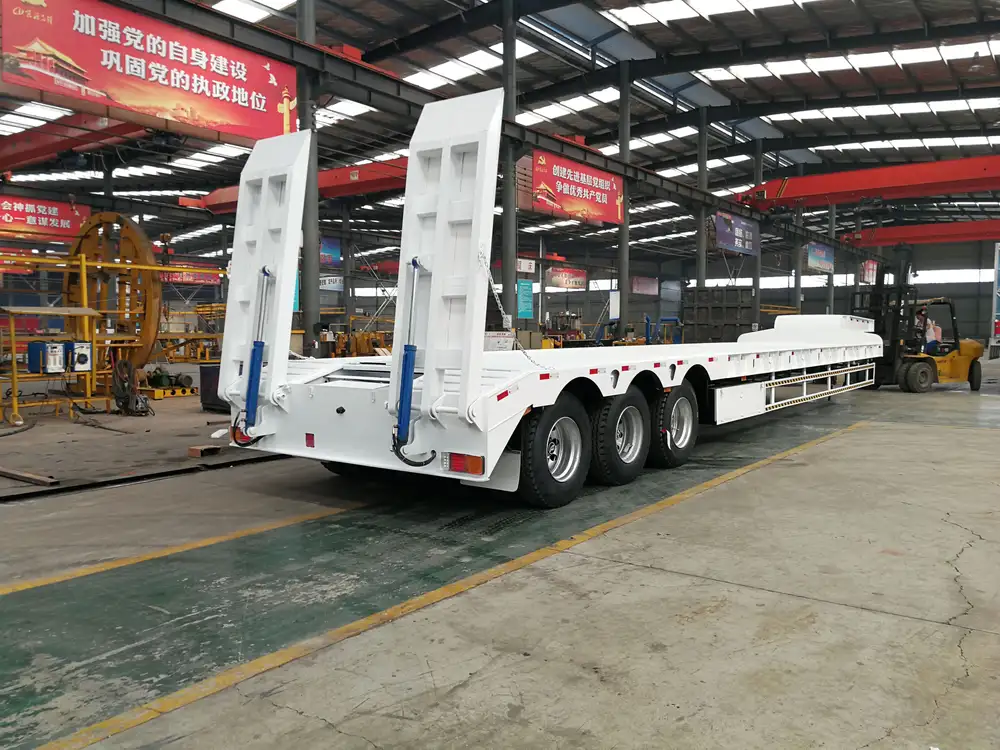
Securement Requirements
- Types of Securement: Straps, chains, and certain types of tarping must be utilized based on cargo type.
- Regulation Guidelines: The Federal Motor Carrier Safety Administration details specific securement procedures for different cargo types.
Optimal Loading Techniques
Effective loading techniques maximize safety, efficiency, and the longevity of both cargo and trailer. Below are essential practices to consider:
Loading Sequence
- Heaviest to Lightest: Load heavier items first and center them over the axles.
- Weight Distribution Patterns: Always ensure that loads are symmetrically positioned to avoid instability.

Use of Pallets
- Benefits: Palletizing items allows for better stability, easier handling, and protects goods during transportation.
- Orientation: Positioning of goods should also take into account the direction of the journey, ensuring minimal movement.
Equipment Utilization
- Forklifts and Pallet Jacks: Employ proper material handling equipment to avoid accidents.
- Straps and Dunnage: Use appropriate materials to fill gaps and prevent cargo from shifting.
Environmental and Insurance Considerations
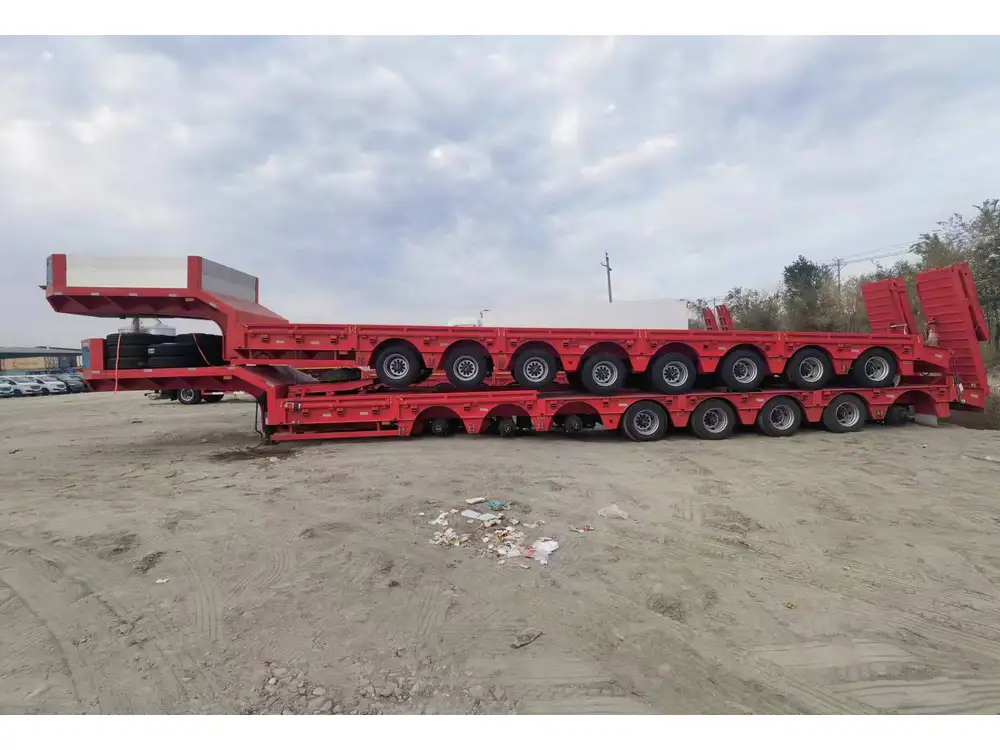
Ensuring Compliance
Many companies now recognize the need for eco-friendly practices. Use of lightweight materials and optimized routes can significantly reduce carbon footprints.
Insurance Needs
- Cargo Insurance: Protects against loss or damage during transport.
- Liability Insurance: Offers coverage for potential accidents involving the trailer.
Conclusion: Making Informed Decisions
In sum, successfully loading a semi-trailer entails careful consideration of various factors, including the types of goods being transported, adherence to weight limits and safety regulations, and the implementation of effective loading techniques. By understanding the nuances and intricacies of loading semi-trailers, logistics managers and operators can not only enhance the safety and efficiency of their operations but also ensure compliance with industry standards.
Ultimately, this comprehensive guide acts as a blueprint for maximizing loading efficiency and safety on semi-trailers, paving the way toward successful transportation.
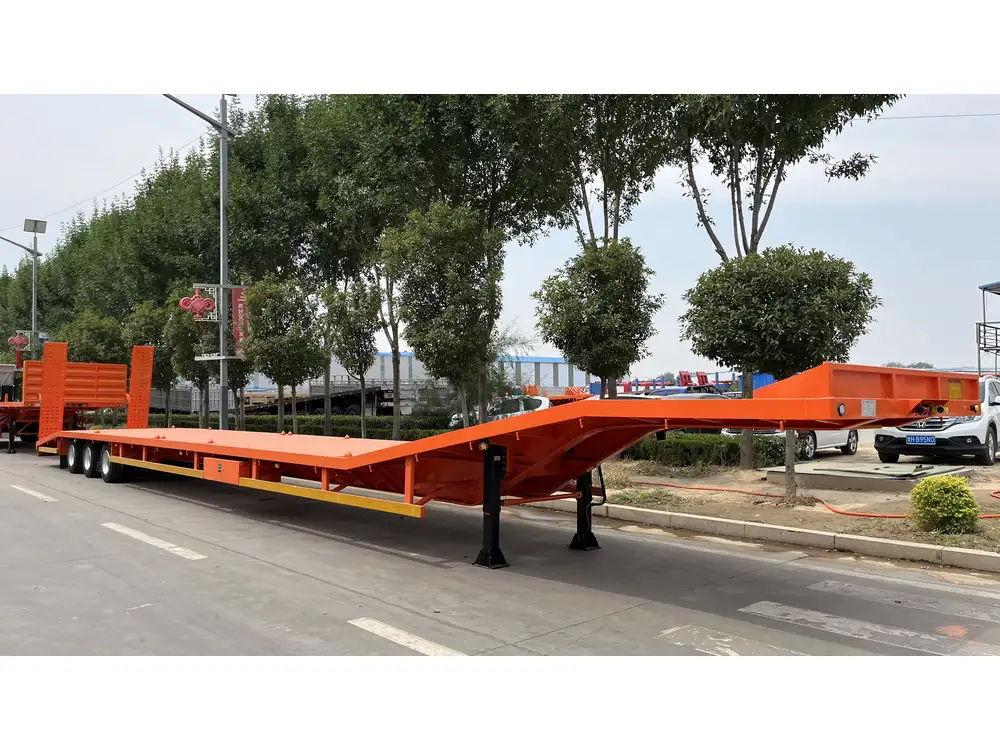
Key Takeaways:
- Identify the Freight Type: Different freight types require unique considerations.
- Understand Weight Limits: Adhere to both federal and state regulations for safety and legality.
- Follow Safety Regulations: Compliance with FMCSA rules is non-negotiable.
- Optimize Loading Techniques: Smart loading maximizes cargo security and safety.
- Consider Environmental Impacts: Eco-friendly practices can enhance company reputation and compliance.
This knowledge equips manufacturers and logistics personnel to make informed decisions, ultimately facilitating smoother operations and higher satisfaction in cargo delivery. Adhering to these guidelines will ensure that your semi-trailer transport is both efficient and compliant, allowing for successful ventures in the ever-evolving landscape of freight and logistics.



